Higher classification Podarcis | Phylum Chordata Scientific name Podarcis pityusensis Rank Species | |
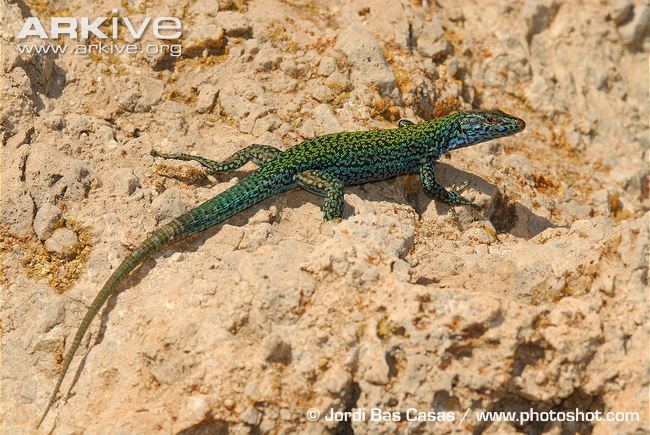 | ||
Similar Podarcis, Lilford's wall lizard, Reptile, Lacertids, Peloponnese wall lizard | ||
Beautiful close up on lizard ibiza wall lizard eating jam
The Ibiza wall lizard (Podarcis pityusensis) is a species of lizard in the Lacertidae family. It is most closely associated with the island of Eivissa, or Ibiza, in the Balearic Islands, but has become naturalised in parts of Spain.
Contents
- Beautiful close up on lizard ibiza wall lizard eating jam
- All of the geckos we saw on holiday 2016 ibiza wall lizards
- Description
- Distribution and habitat
- Biology
- Status
- References
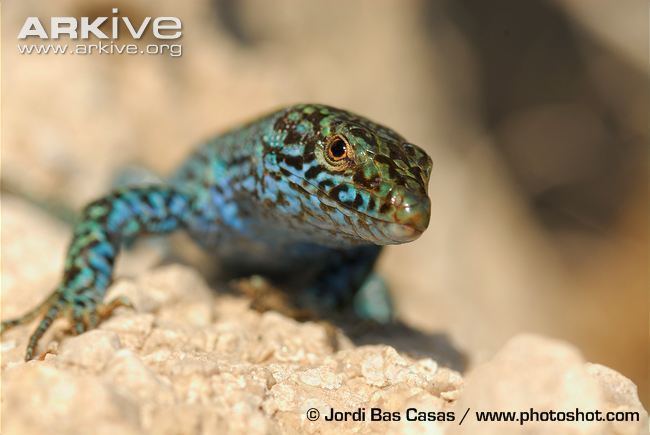
A sub-species, P. pityusensis formenterae, is limited in natural habitat to the islands of Formentera, Illa Cordillera and Es Vedrà, south of Ibiza, but has been transported by humans to several other locations in the Mediterranean. The Formentean subspecies tends to be more brightly coloured than its Ibizan and mainland conspecifics.
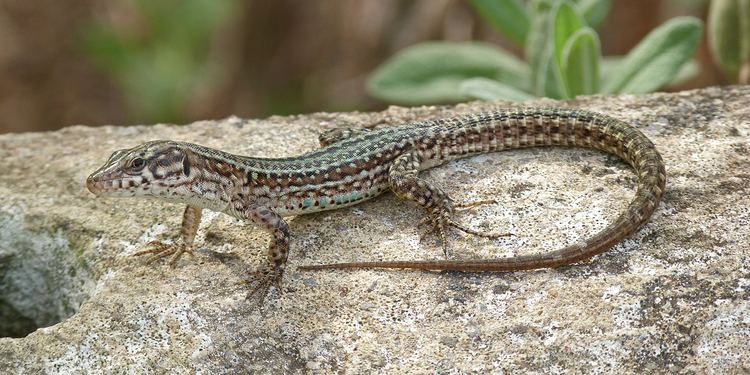
The natural habitats of P. pityusensis are temperate shrubland, Mediterranean-type shrubby vegetation, rocky areas, rocky shores, arable land, pastureland, plantations, rural gardens, and urban areas.
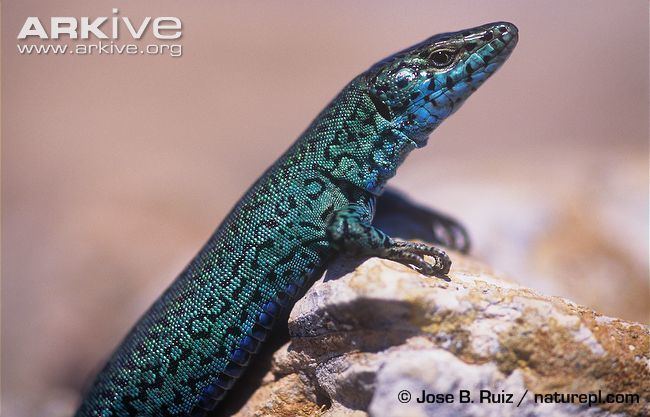
All of the geckos we saw on holiday 2016 ibiza wall lizards
Description

The Ibiza wall lizard grows to a maximum snout-to-vent length of 7 cm (3 in) but adults are usually a little smaller than this. The tail is about twice as long as the body. It is robust with a short-head and rounded body with relatively coarse, slightly keeled scales. The dorsal surface is usually green but can be grey or brownish. There is usually a well-defined pale dorso-lateral stripe and there may be a row of dark spots or a dark line running along the spine. The underside is white, cream, grey, orange or pink and the throat and occasionally the belly may be blotched with darker colour.
Distribution and habitat
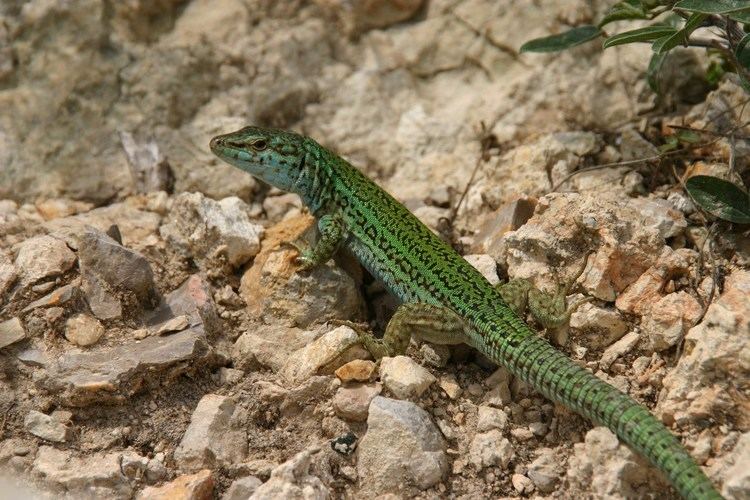
The Ibiza wall lizard is native to the islands of Ibiza and Formentera in the Balearic Islands and the neighbouring rocky islets. It has been introduced to Muella de Palma (Mallorca), Barcelona where it once was assumed it died out but was 're-discovered' in 2007 (Bruekers, 2007), the town of Aleria in southern Spain and the island of Gaztelugatxe in northern Spain. It is found at altitudes of up to 475 m (1,558 ft) above sea level. This lizard largely inhabits vegetated areas especially in association with man. As well as gardens, pasture and arable land it is found on rocks, especially near the coast. On some small islets it may be very common and live almost exclusively on rock.
Biology
The Ibiza wall lizard feeds on small invertebrates including a high proportion of ants when they are available. It also eats vegetable matter, especially during the summer. Females produce a single clutch of one to four eggs. These hatch after a few weeks and the hatchlings are about 3.2 cm (1.3 in) long from snout to vent. They become sexually mature at the age of one and a half or two years.
Status
Although this lizard does not seem to be in overall decline and faces no significant threats, its total area of occurrence is less than 5,000 km2 (1,930.5 sq mi) so the IUCN lists it as being "Near threatened".
